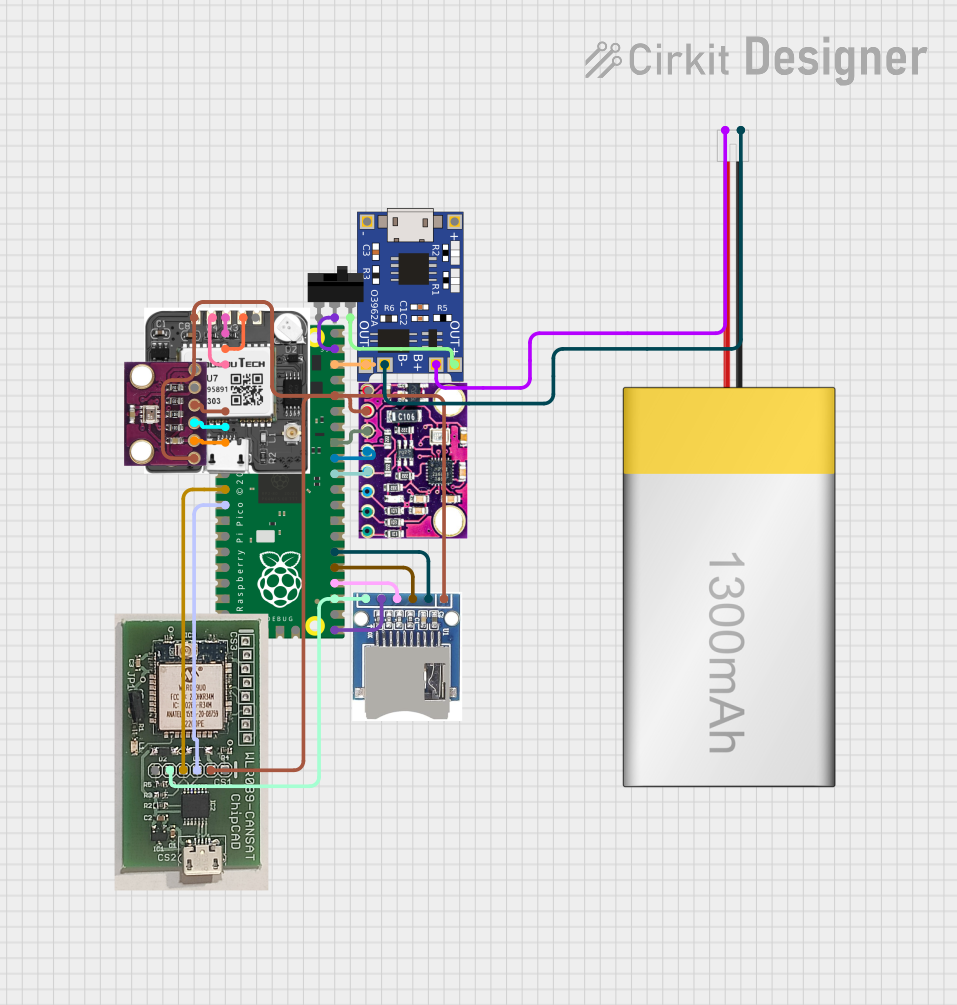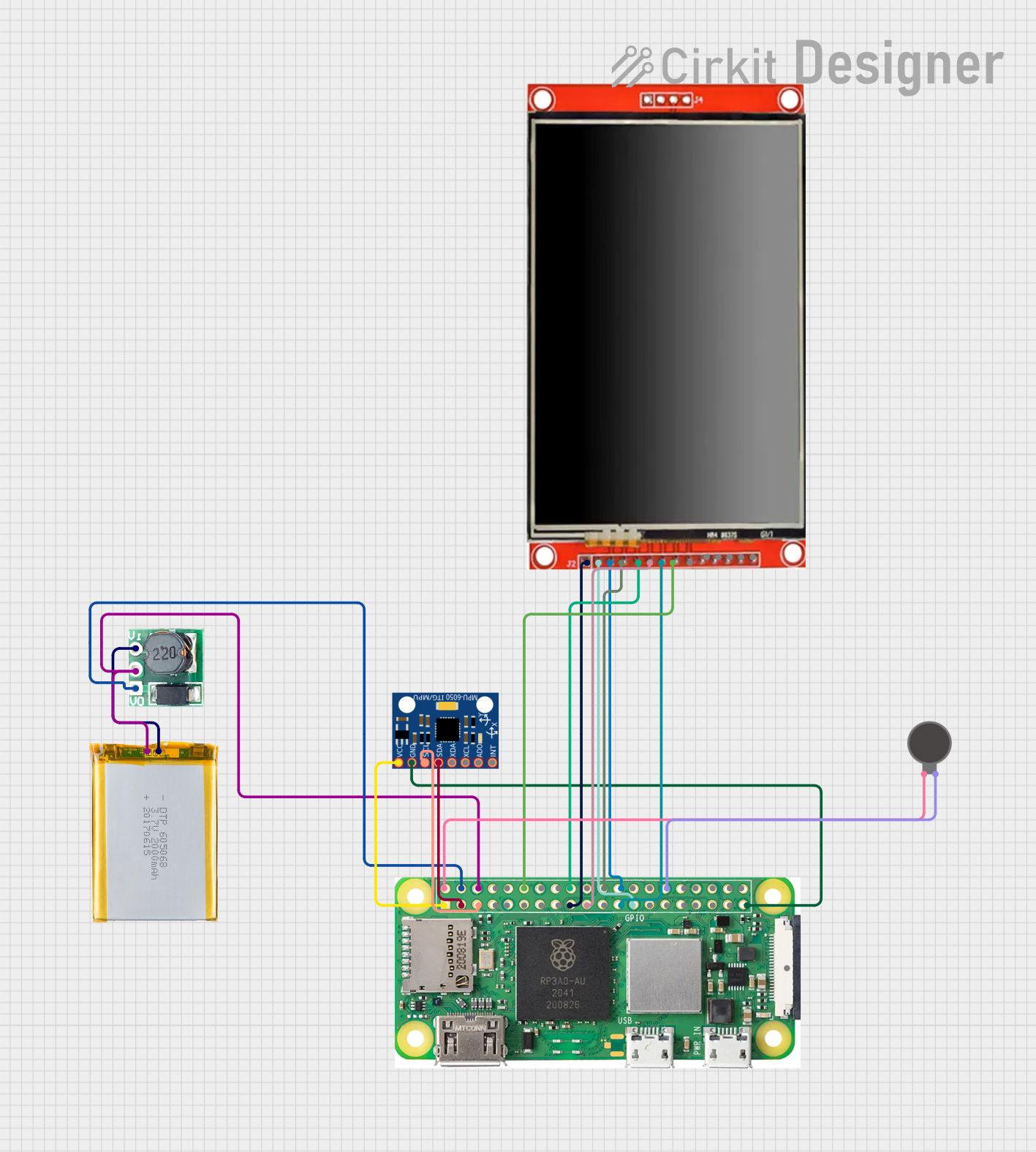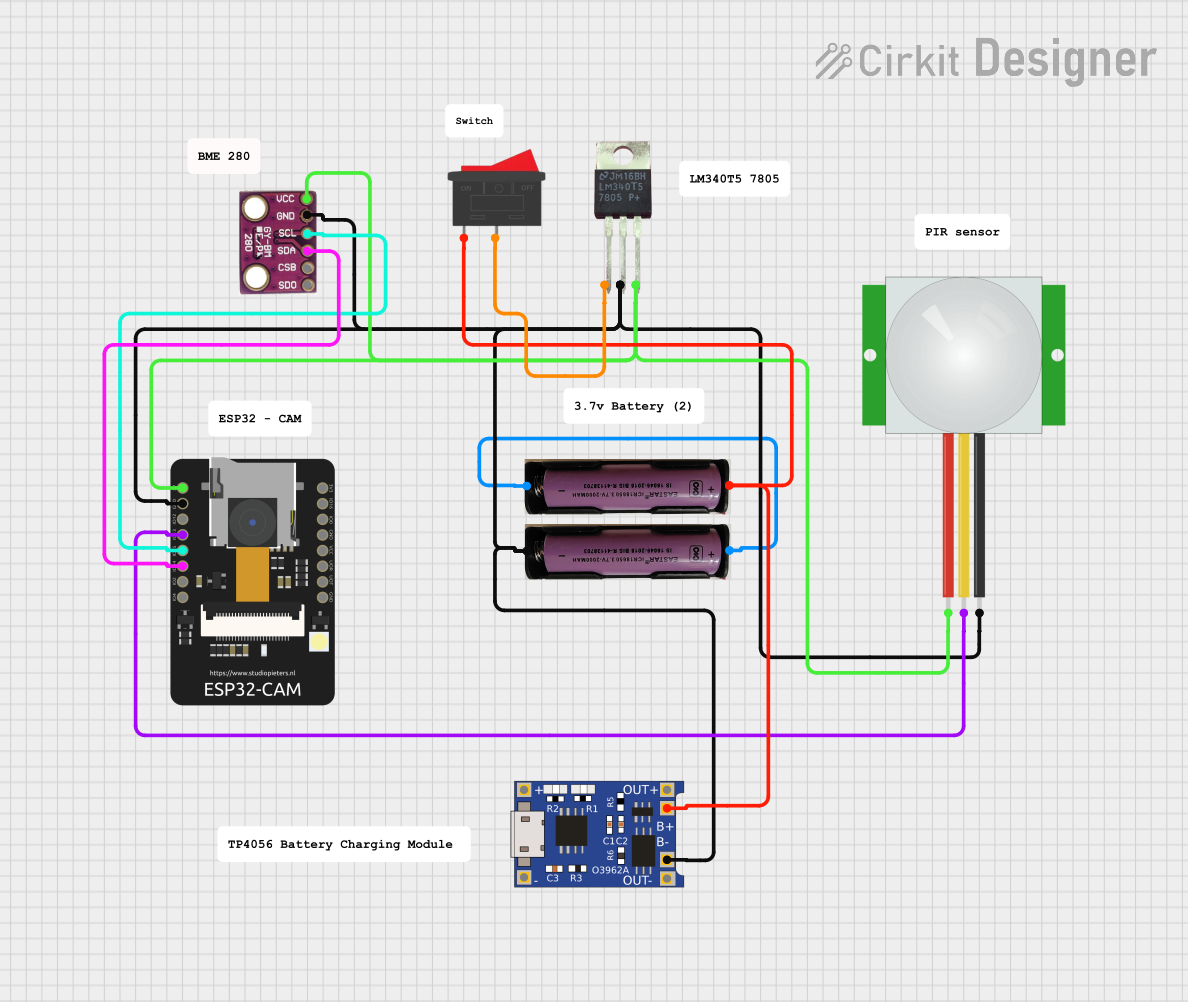
How to Use C1815: Examples, Pinouts, and Specs

 Design with C1815 in Cirkit Designer
Design with C1815 in Cirkit DesignerIntroduction
The C1815 is a general-purpose NPN bipolar junction transistor (BJT) widely used in electronic circuits for amplification and switching applications. It is designed for low to medium power operations, making it a versatile component in various projects. With a maximum collector current of 800 mA and a maximum collector-emitter voltage of 50 V, the C1815 is suitable for audio amplification, signal processing, and small motor control.
Explore Projects Built with C1815

 Open Project in Cirkit Designer
Open Project in Cirkit Designer
 Open Project in Cirkit Designer
Open Project in Cirkit Designer
 Open Project in Cirkit Designer
Open Project in Cirkit Designer
 Open Project in Cirkit Designer
Open Project in Cirkit DesignerExplore Projects Built with C1815

 Open Project in Cirkit Designer
Open Project in Cirkit Designer
 Open Project in Cirkit Designer
Open Project in Cirkit Designer
 Open Project in Cirkit Designer
Open Project in Cirkit Designer
 Open Project in Cirkit Designer
Open Project in Cirkit DesignerCommon Applications
- Audio signal amplification
- Low-power switching circuits
- Oscillator circuits
- Small DC motor drivers
- General-purpose electronic projects
Technical Specifications
Below are the key technical details of the C1815 transistor:
| Parameter | Value |
|---|---|
| Transistor Type | NPN |
| Maximum Collector Current (Ic) | 800 mA |
| Maximum Collector-Emitter Voltage (Vce) | 50 V |
| Maximum Collector-Base Voltage (Vcb) | 60 V |
| Maximum Emitter-Base Voltage (Veb) | 5 V |
| DC Current Gain (hFE) | 70 to 700 (varies by model) |
| Power Dissipation (Pc) | 400 mW |
| Transition Frequency (ft) | 80 MHz |
| Package Type | TO-92 |
Pin Configuration
The C1815 transistor comes in a TO-92 package with three pins. The pinout is as follows:
| Pin Number | Pin Name | Description |
|---|---|---|
| 1 | Emitter (E) | Current flows out of this pin |
| 2 | Base (B) | Controls the transistor's operation |
| 3 | Collector (C) | Current flows into this pin |
The pinout is typically viewed with the flat side of the TO-92 package facing you.
Usage Instructions
Using the C1815 in a Circuit
Amplification: To use the C1815 as an amplifier:
- Connect the base pin to the input signal through a current-limiting resistor.
- The collector is connected to the positive voltage supply through a load (e.g., a resistor or speaker).
- The emitter is connected to ground.
- Ensure the base current is sufficient to drive the transistor into active mode.
Switching: To use the C1815 as a switch:
- Connect the load (e.g., an LED or motor) between the positive voltage supply and the collector.
- Use a resistor to limit the base current and connect the base to a control signal.
- The emitter is connected to ground.
- Apply a high signal to the base to turn the transistor on, allowing current to flow through the load.
Important Considerations
- Base Resistor: Always use a resistor in series with the base to limit the base current and prevent damage to the transistor.
- Power Dissipation: Ensure the power dissipation does not exceed 400 mW to avoid overheating.
- Voltage Ratings: Do not exceed the maximum voltage ratings (Vce, Vcb, Veb) to prevent breakdown.
Example: Controlling an LED with Arduino UNO
Below is an example of using the C1815 transistor to control an LED with an Arduino UNO:
// Define the pin connected to the transistor's base
const int transistorBasePin = 9; // Digital pin 9 on Arduino
void setup() {
pinMode(transistorBasePin, OUTPUT); // Set the pin as an output
}
void loop() {
digitalWrite(transistorBasePin, HIGH); // Turn on the transistor (LED ON)
delay(1000); // Wait for 1 second
digitalWrite(transistorBasePin, LOW); // Turn off the transistor (LED OFF)
delay(1000); // Wait for 1 second
}
Circuit Connections:
- Connect the emitter of the C1815 to ground.
- Connect the collector to one terminal of the LED. The other terminal of the LED is connected to a current-limiting resistor, which is then connected to the positive voltage supply.
- Connect the base to Arduino pin 9 through a 1 kΩ resistor.
Troubleshooting and FAQs
Common Issues
Transistor Not Switching Properly:
- Check if the base resistor value is appropriate. A very high resistance may not provide enough base current.
- Ensure the control signal voltage is sufficient to turn the transistor on (typically 0.7 V or higher for the base-emitter junction).
Overheating:
- Verify that the collector current does not exceed 800 mA.
- Ensure the power dissipation is within the 400 mW limit.
No Output Signal:
- Check all connections, especially the base resistor and load connections.
- Ensure the transistor is not damaged by testing it with a multimeter.
FAQs
Q: Can I use the C1815 for high-power applications?
A: No, the C1815 is designed for low to medium power applications. For high-power circuits, consider using a power transistor like the TIP120.
Q: What is the typical base resistor value for the C1815?
A: The base resistor value depends on the input signal and desired base current. A common value is 1 kΩ for most applications.
Q: How do I test if my C1815 transistor is working?
A: Use a multimeter in diode mode to check the base-emitter and base-collector junctions. A forward voltage drop of approximately 0.6-0.7 V indicates a functional junction.
By following this documentation, you can effectively use the C1815 transistor in your electronic projects.